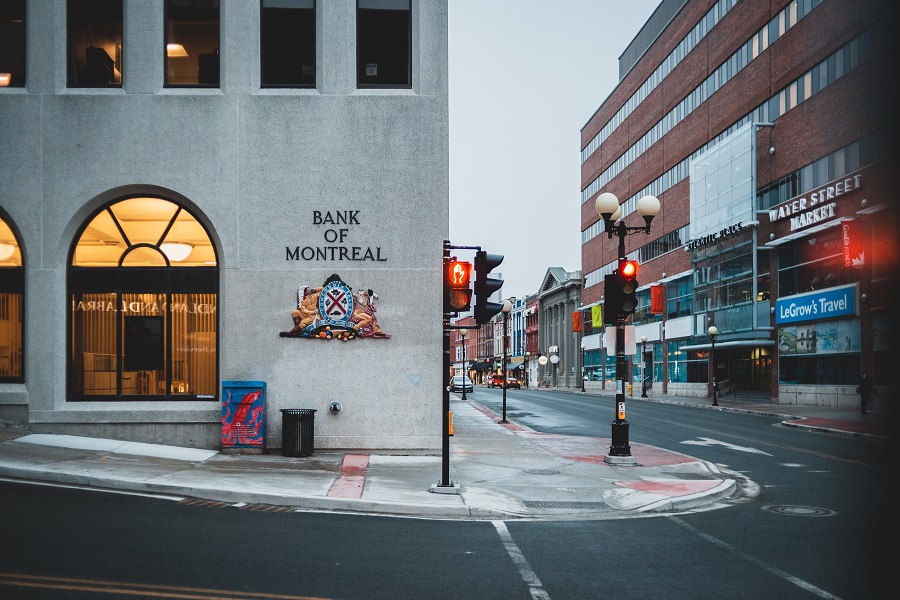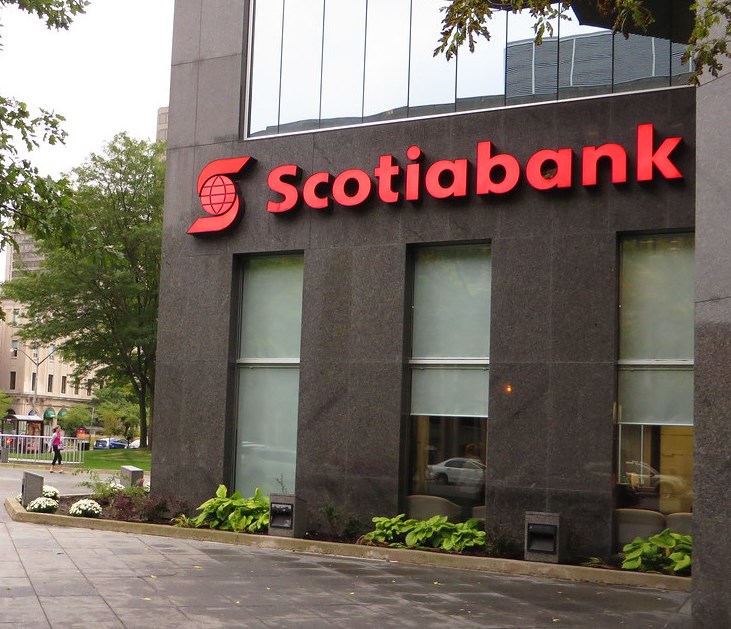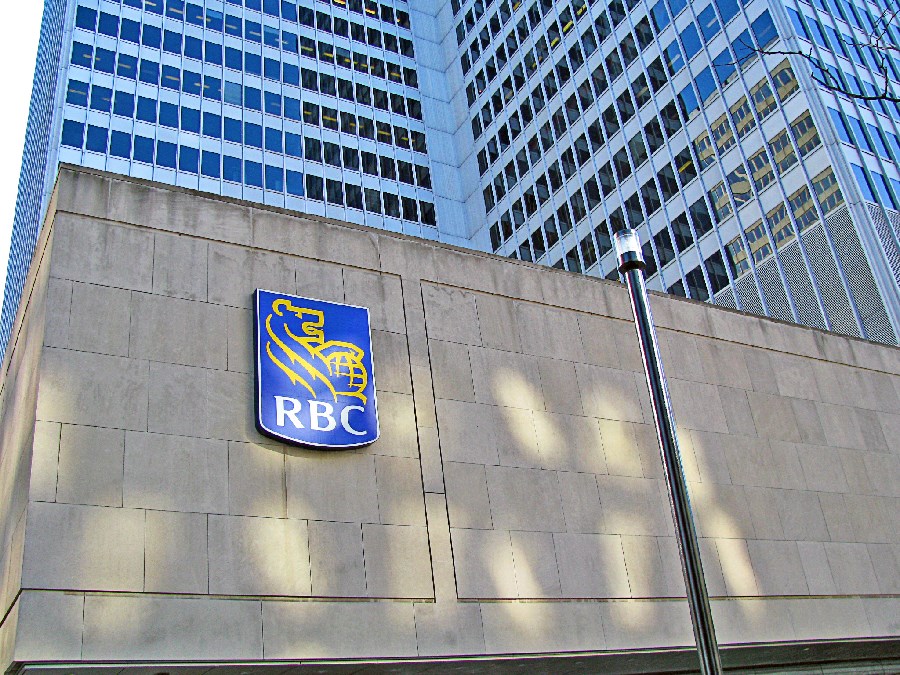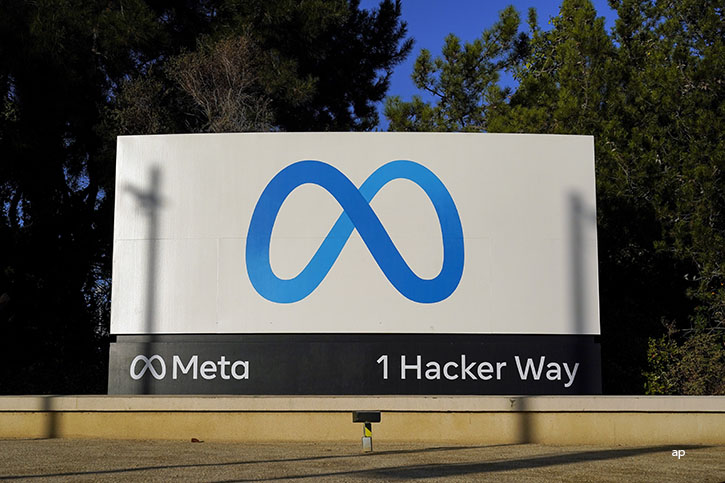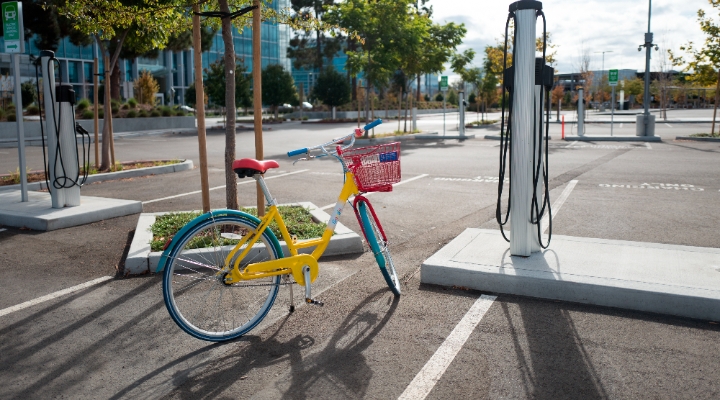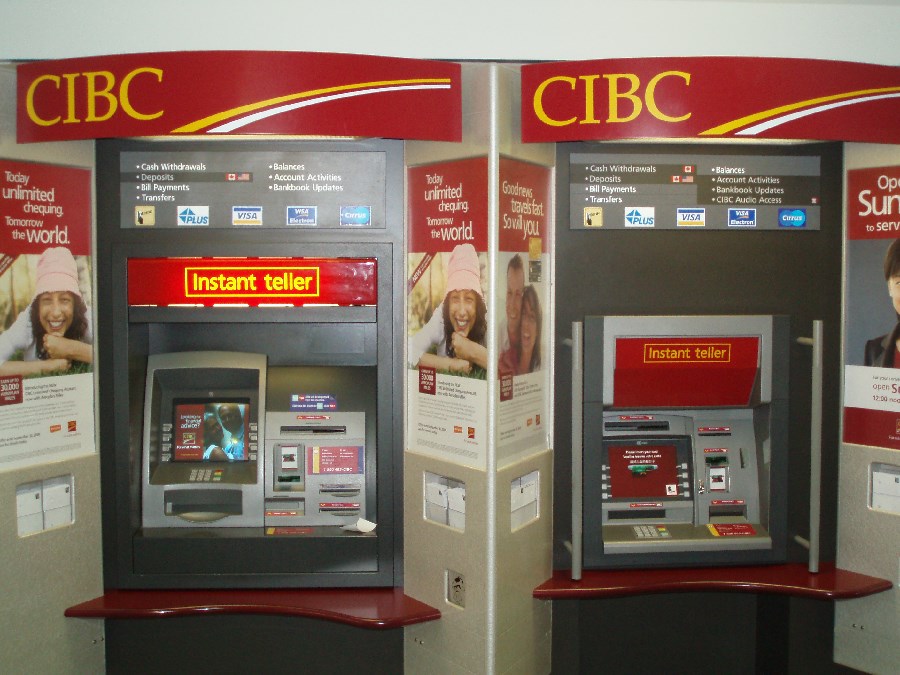
Narrow-moat Canadian Imperial Bank of Commerce (CM), or CIBC, reported decent fiscal second-quarter results, all things considered. The economic strain of coronavirus related shutdowns weighed on results with provisioning up significantly, coming in at $1.4 billion versus a more normal range of $200 million-$400 million. This was the biggest factor driving the year-over-year decline in EPS of 68% to $0.94. Of the six Canadian banks we cover, CIBC had the worst decline in EPS. This was partially driven by the bank’s larger relative increase in provisioning. Revenue was up only 1%, while expenses were up 3%, which led to a pre-provision revenue decline of 4%, also one of the weaker results among peers.
Despite worse overall income results, CIBC’s common equity Tier 1 ratio didn’t deteriorate that much, staying relatively stable at 11.2% compared with 11.3% last quarter as some technical items related to capital deductions and other adjustments related to performing provisions helped stabilize the ratio. The bank expects its common equity Tier 1 ratio to increase approximately another 40 to 50 basis points once the sale of its Caribbean unit closes, which would give the bank one of the highest common equity Tier 1 ratios among peers.
The big question for all the banks today is how big will credit costs become and if the banks have enough profitability and capital to absorb these costs. Based on current results, we believe the answer is that CIBC is well positioned to deal with the current downturn. Management commented on its internal stress tests, and under almost all scenarios it expects the bank to remain above a 10% common equity Tier 1 ratio, while under the most severe scenarios, the common equity Tier 1 ratio would remain above the current regulatory minimum of 9%. After updating our models for these results, we are decreasing our fair value estimate to $117.
CIBC’s exposures to COVID-19-affected industries looks manageable, with the disclosed balances equaling just over 5% of total loans. Energy exposures also look manageable with exposures at 2.5% of total loans. Based on the latest disclosures, BMO appears to have the highest concentrations of all of these exposures combined, while CIBC is second.





